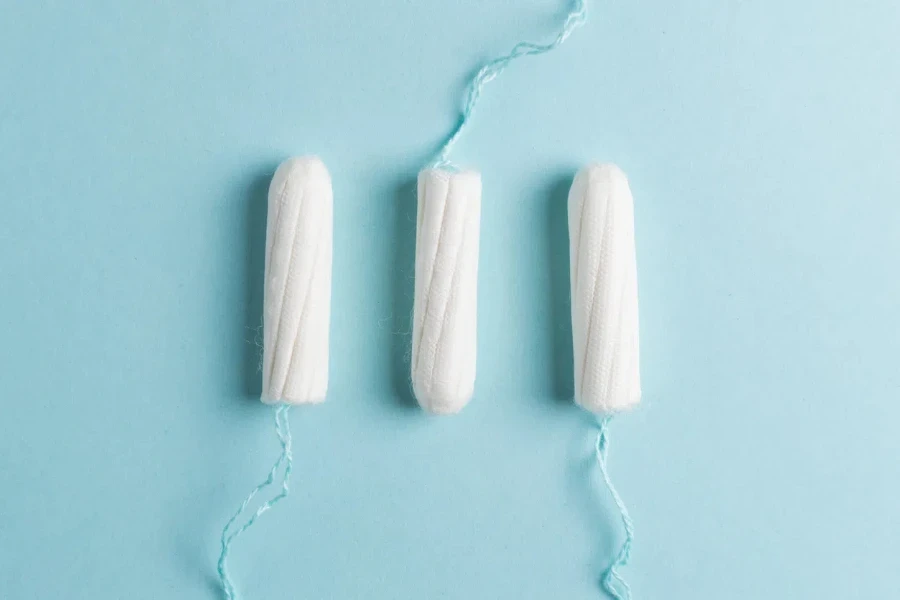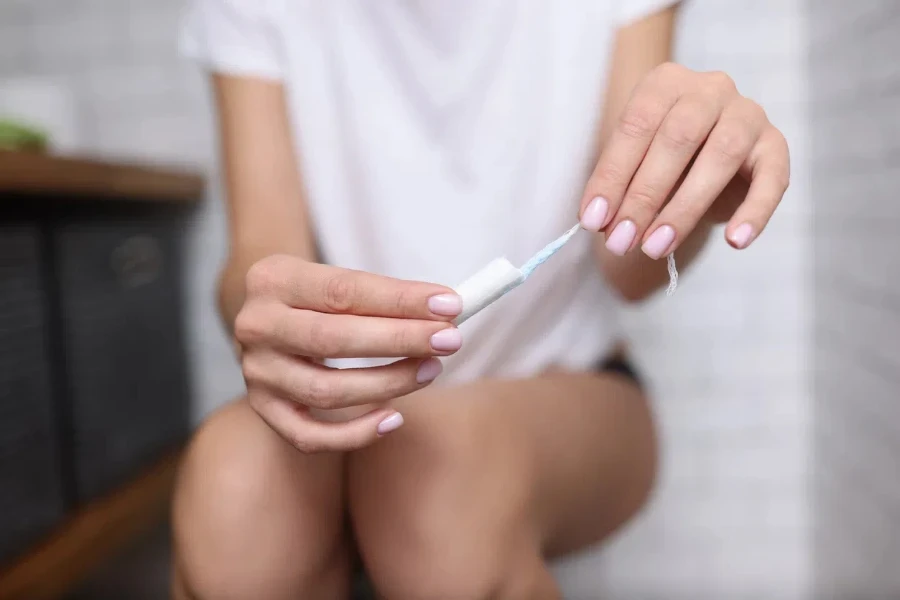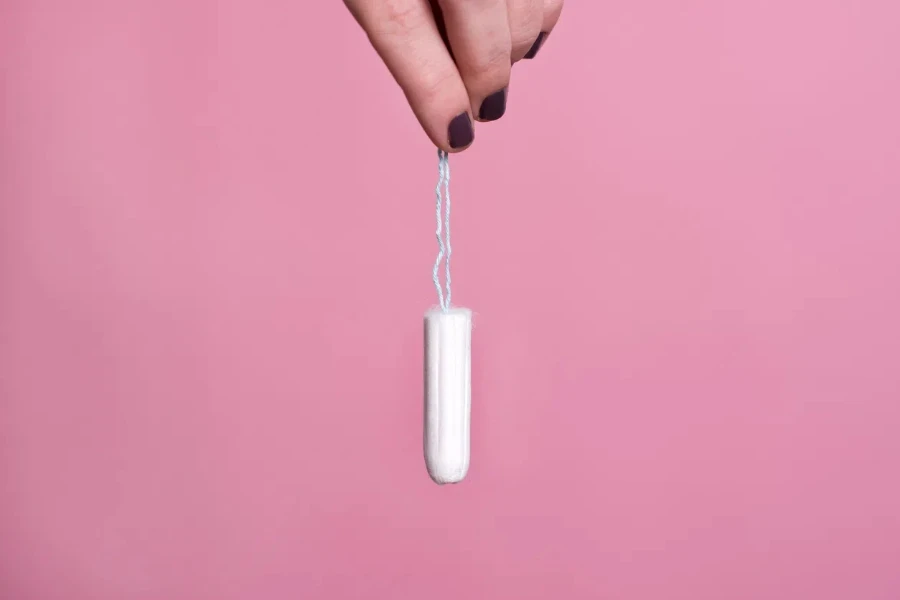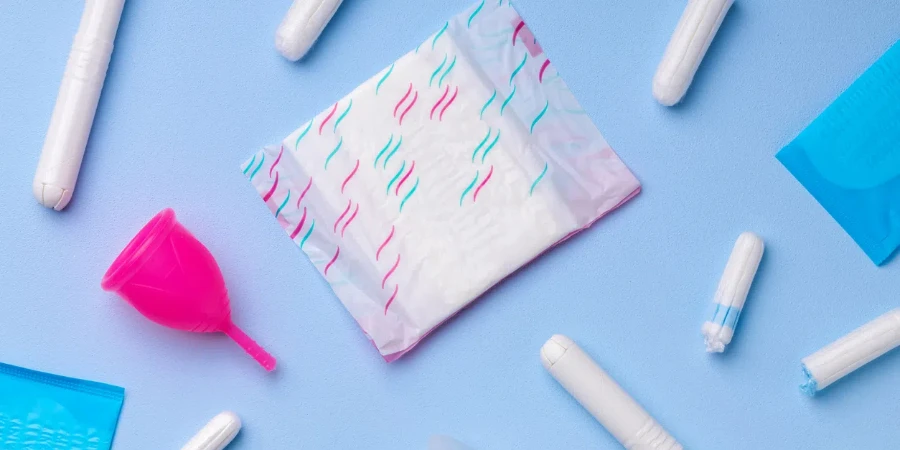Tampons, a fundamental part of feminine hygiene, have evolved significantly over the years. Despite their widespread use, many individuals still navigate through misconceptions and a plethora of options, seeking clarity about their safety, environmental impact, types, and usage. This article aims to demystify tampons, offering a comprehensive understanding that empowers readers to make informed decisions about their personal care.
Table of Contents:
– What are tampons and how do they work?
– Types of tampons and how to choose the right one
– Safety and health considerations
– Environmental impact and sustainable options
– Tips for first-time tampon users
What are tampons and how do they work?

Tampons are designed to be inserted into the vagina during menstruation to absorb menstrual flow. They are made from materials like cotton, rayon, or a blend of both, which are compressed into a small cylinder shape. Once inserted, tampons expand to fit the shape of the vagina, providing invisible and comfortable protection. Understanding the anatomy of a tampon, from its absorbent core to its applicator, is crucial for safe and effective use.
Types of tampons and how to choose the right one

The market offers a variety of tampons, categorized by absorbency levels and applicator types. Absorbency ranges from light to super plus, catering to different flow intensities. Choosing the right absorbency is vital for comfort and preventing leaks. Applicators, made from plastic or cardboard, aid in the insertion process, while non-applicator tampons are preferred for their environmental benefits. Recognizing personal comfort and environmental preferences is key in selecting the most suitable tampon.
Safety and health considerations

Tampon safety is a topic of much discussion, focusing on risks like Toxic Shock Syndrome (TSS), a rare but serious condition. Using tampons as directed, changing them regularly every 4-8 hours, and choosing the lowest necessary absorbency can mitigate health risks. Awareness and education about tampon use, including recognizing symptoms of TSS, are paramount for menstrual health.
Environmental impact and sustainable options

The environmental impact of tampons, particularly those with plastic applicators, raises concerns about sustainability. Biodegradable and organic tampons emerge as eco-friendly alternatives, minimizing the ecological footprint of menstrual products. Exploring reusable menstrual products, such as menstrual cups, can also contribute to a more sustainable approach to personal care.
Tips for first-time tampon users

For those new to tampons, the experience can be daunting. Starting with a low-absorbency tampon and practicing during a moderate flow day can ease the learning curve. Reading instructions carefully and understanding one’s anatomy can demystify the insertion process. Patience and relaxation are crucial, as comfort with tampon use grows over time.
Conclusion:
Tampons are a reliable and convenient option for menstrual care, offering freedom and confidence during menstruation. By understanding the types, safety, and environmental considerations, individuals can make choices that align with their health and values. Empowered with knowledge, first-time users can approach tampons with confidence, embracing them as a part of their personal care routine.




